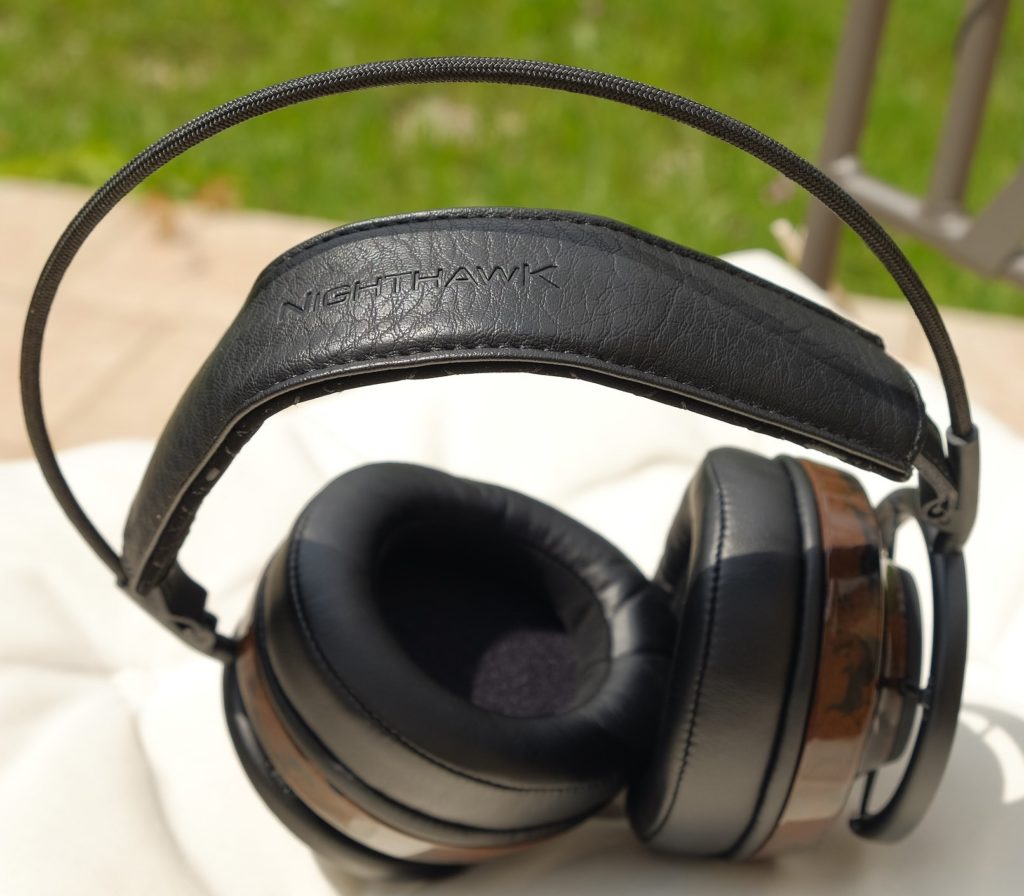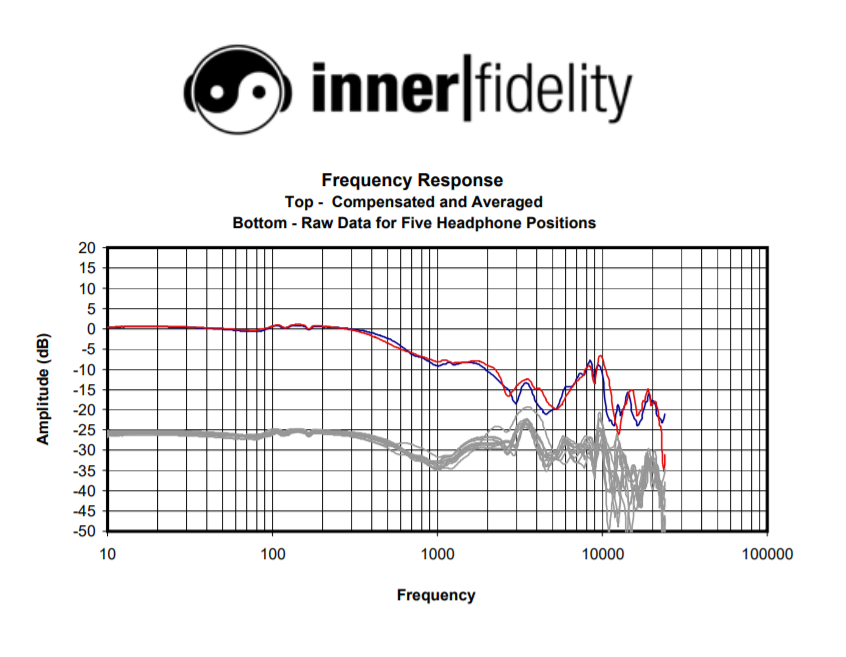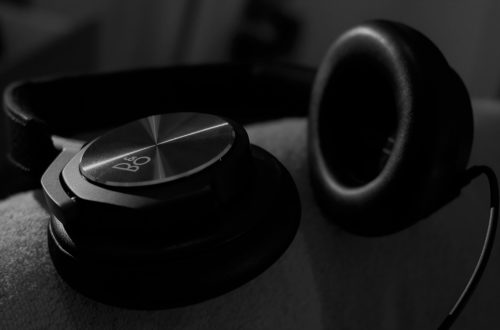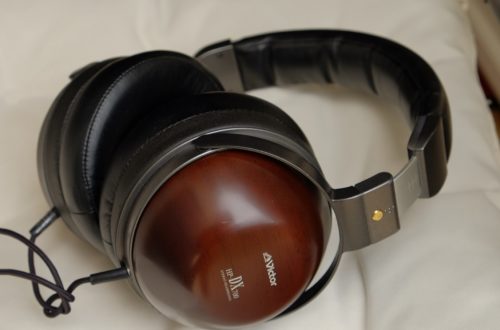
AudioQuest Nighthawk
The Nighthawk is one of the most controversial headphones released in the last years. It’s an open-back model made by AudioQuest, their first headphone, with liquid (fake) wood cups and a surprisingly good amount of isolation due to its slightly closed nature.
I like the design and the packaging (nice leather case, 2 set of cables, cleaning cloth). Comfort is good, but not great. Some clamping force and sweaty pleather pads.
○ Release : 2015
○ Current status : Discontinued
○ Type : Over-ear / Open-back
○ Measured weight : 340g
○ Impedance : 25 Ohms
○ Sensitivity : 104 dB/mW
○ Average used price : $150-200

Sound Impression
Wow … I was not disappointed at first when I was expecting to hear something really strange. The balance of the Nighthawk is simply way too off.
The midrange is overwhelmed by the bass to a point that I need to lower the volume when I’m listening, otherwise I will only hear bass boom and some lower-treble. The bass actually extends well, but it should be that way for only one direction : the low-end, not the midrange. The treble has okay extension but it’s a failure between 5 and 10 khz. All I can hear is one or two peaks around 6-7 khz, and that’s about it. Rest of the treble region is too recessed, just like the whole mid-mids and upper-mids.
The sound is dark, muffled, congested and veiled. I could not concentrate while listening. I don’t recommend them, though the comfort and build quality are rather good. But sound is what headphones are made for, and the Nighthawk fail that criteria. Even used at $150-200, you should look for something else. There is a big weird change going from any “normal” sounding headphone, like the Sennheiser HD600, to the Nighthawk.
The NightOwl and NightHawk carbon measures a bit better than the original NightHawk, but my experience with this one has been bad to the point where I’m not interested in hearing other Audioquest headphones.
Measurements & Resources
Flat bass extension, quite impressive, but frequency response starts to dip severely around 300-400hz. Midrange and treble are way too recessed (by 5-15 dB), except some mid-treble energy.



You May Also Like

Bang & Olufsen H6 (Gen 2)
24 January 2019
Aurorus Audio Borealis
14 November 2020